
How to Become CE Certified?
CE Certified is limited to the basic safety requirements of products that do not endanger the safety of humans, animals, and goods, rather than general quality requirements. The Conformity Assessment Directive only specifies essential requirements, while general directive requirements are tasks for standards. Therefore, the precise meaning is: the CE mark signifies conformity with safety rather than quality standards and constitutes the 'essential requirements' core of European directives.
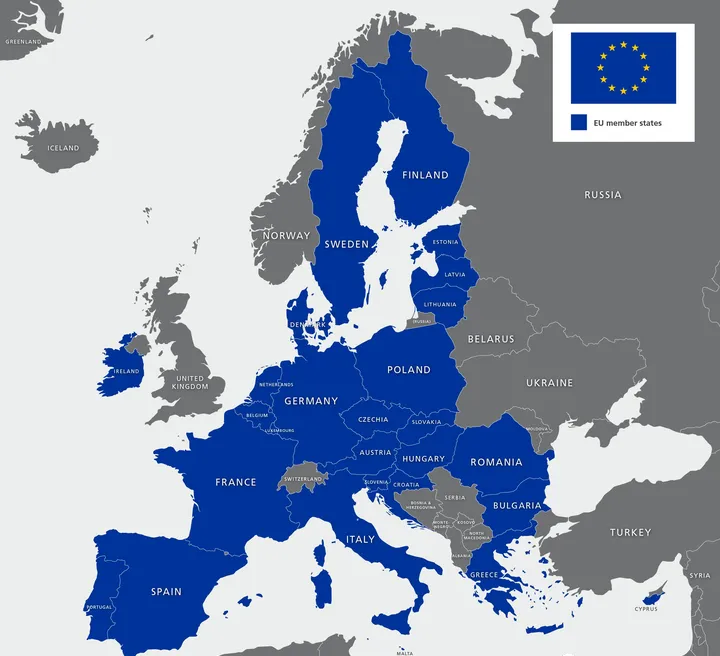
Introduction to the CE Mark
CE Certified is a safety certification mark and serves as a passport for products entering the EU market. In the EU market, the 'CE' certification mark is mandatory. Whether the products are manufactured by companies within the EU or elsewhere, affixing the 'CE' mark is necessary to indicate compliance with the basic requirements of the EU's New Approach directives.
'CE' originates from the French abbreviation 'CommunateEuroppene', meaning European Community. The European Community later evolved into the European Union (EU).
(Note: The CE mark is not accepted in the United States, Canada, Japan, Singapore, South Korea, etc.)
Directive Overview
Active Implantable Medical Devices Directive (AIMD) (EC Directive 90/385/EEC):
Applies to devices such as pacemakers, implantable insulin pumps, effective since January 1, 1993, and mandatory since January 1, 1995.
Medical Devices Directive (93/42/EEC):
Applies broadly, including almost all medical devices except active implantable and in vitro diagnostic devices. It covers passive medical devices (dressings, disposable products, contact lenses, blood bags, catheters, etc.) and active medical devices (MRI machines, ultrasound diagnostic and therapeutic devices, infusion pumps, etc.).
In Vitro Diagnostic Medical Devices Directive (EC Directive 98/79/EC) (IVDD):
Applies to devices like blood cell counters, pregnancy testing kits, effective since December 7, 1998, and mandatory since December 7, 2003.
Definition and Scope in 93/42/EEC
Medical Devices:
Any instrument, apparatus, appliance, software, material, or other article intended by the manufacturer to be used for human beings for various purposes, including diagnosis, prevention, monitoring, treatment, or alleviation of disease or disability, investigation, replacement, or modification of the anatomy or of a physiological process, control of conception.
Medical devices achieve their primary intended action not by pharmacological, immunological, or metabolic means but can contribute to such functions.
Annex:
Though not a device itself, it is specifically designated by its manufacturer to be used together with the device to enable it to be used according to the manufacturer's intended purpose.
Manufacturer:
Refers to a natural person or legal entity responsible for the design, manufacture, packaging, and labeling of the device under their name before placing it on the market, whether these operations are carried out by themselves or by a third party on their behalf.
Intended Purpose:
Refers to the use of the device as intended by the manufacturer, based on the information provided in the labeling, instructions for use, and promotional materials.
For products other than medical devices, such as household appliances, communication equipment, modules, toys, etc., please contact us for further information and a corresponding quotation.
Here are additional CE Certified testing directives:
1. Electromagnetic Compatibility (EMC) Directive:
This directive concerns the electromagnetic compatibility of equipment, ensuring its ability to function properly in its intended environment with other devices without causing excessive radiation or malfunction.
2. Radio Equipment Directive (RED):
This directive focuses on the safety, electromagnetic compatibility, and radio emission of electronic devices using radio spectrum for communication (e.g., phones and Wi-Fi devices).
3. Restriction of Hazardous Substances (RoHS) Directive:
This directive regulates the use of hazardous materials in electronic devices, setting limits on chemicals such as lead, mercury, cadmium, and other potential harmful substances.
4. Waste Electrical and Electronic Equipment (WEEE) Directive:
This directive deals with the management of electronic waste. If your device falls under the WEEE directive,
Email:hello@jjrlab.com
Write your message here and send it to us
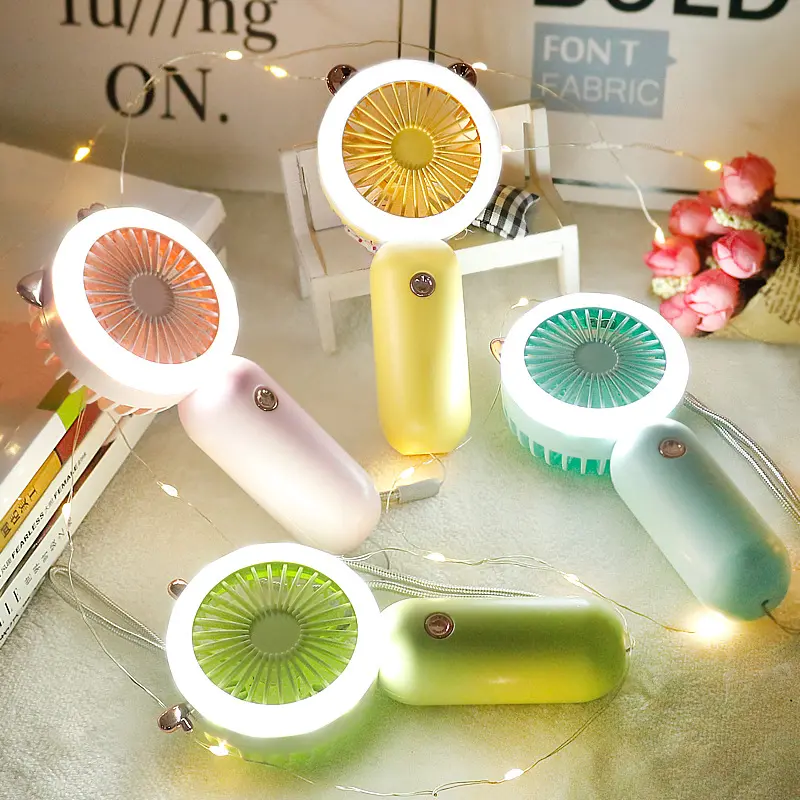 FCC Certification Fees for Handheld Fans
FCC Certification Fees for Handheld Fans
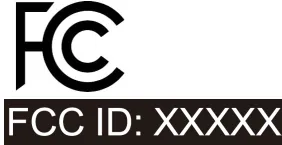 FCC Certification Testing for Smart Lighting Produ
FCC Certification Testing for Smart Lighting Produ
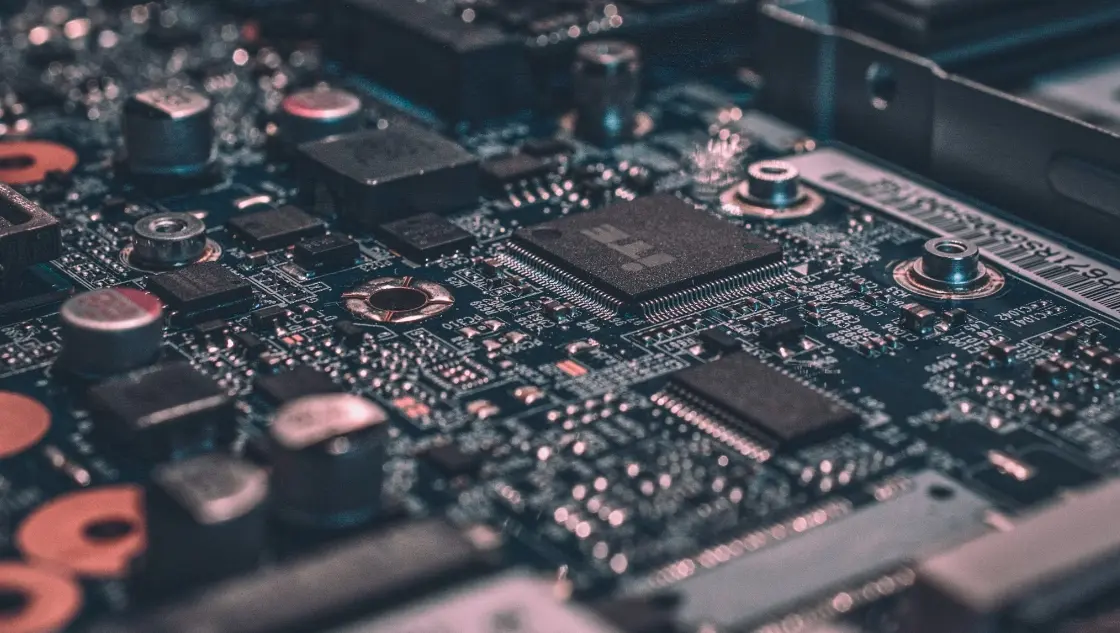 What is the ETSI EN 303 645 Testing Standard?
What is the ETSI EN 303 645 Testing Standard?
 UL Compliance and ETL Certification for LED Lighti
UL Compliance and ETL Certification for LED Lighti
 What is the IEC 60598 Standard?
What is the IEC 60598 Standard?
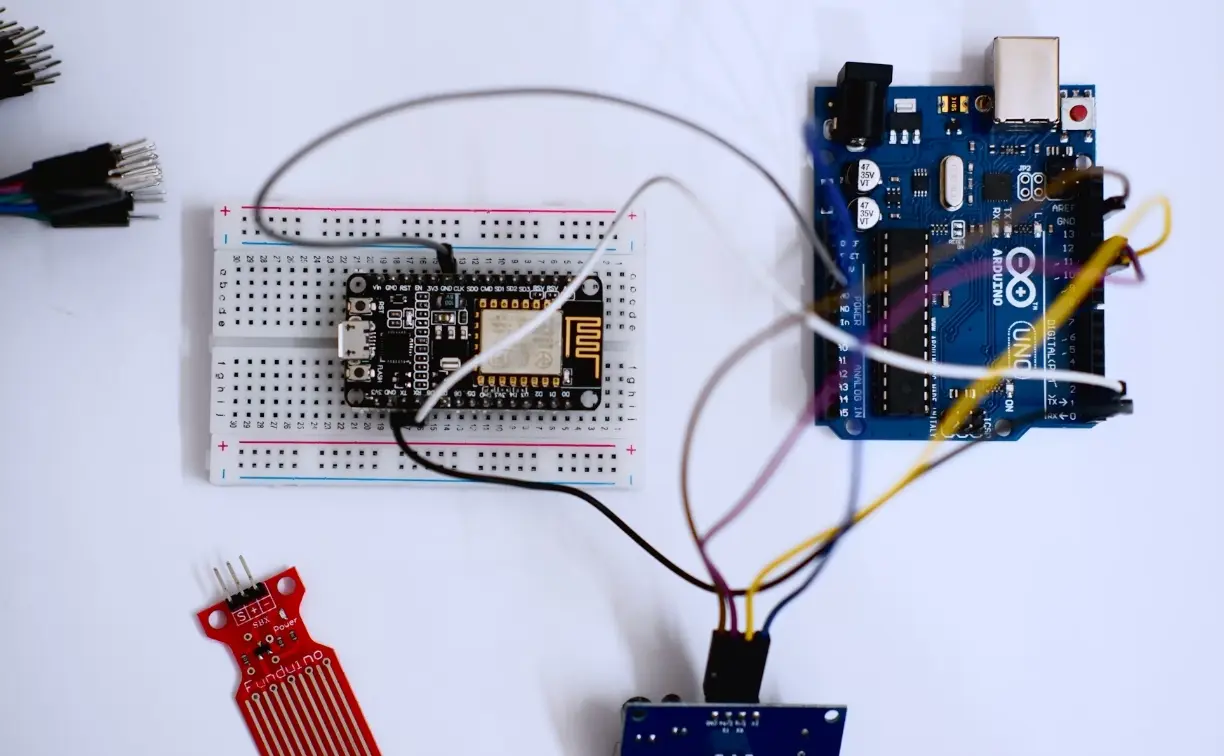 What is the Canada IC Logo?
What is the Canada IC Logo?
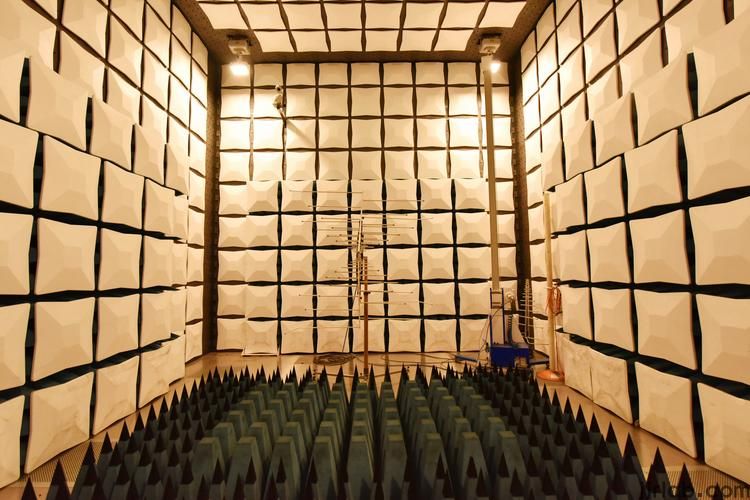 EMC Pre Compliance Testing
EMC Pre Compliance Testing
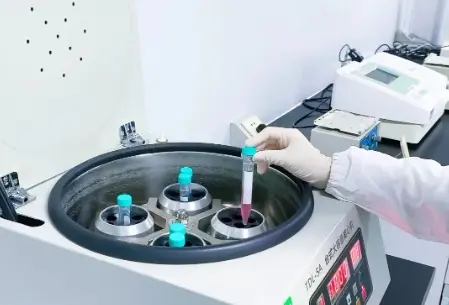 PAHs Testing (Food and Textile)
PAHs Testing (Food and Textile)
Leave us a message
24-hour online customer service at any time to respond, so that you worry!




